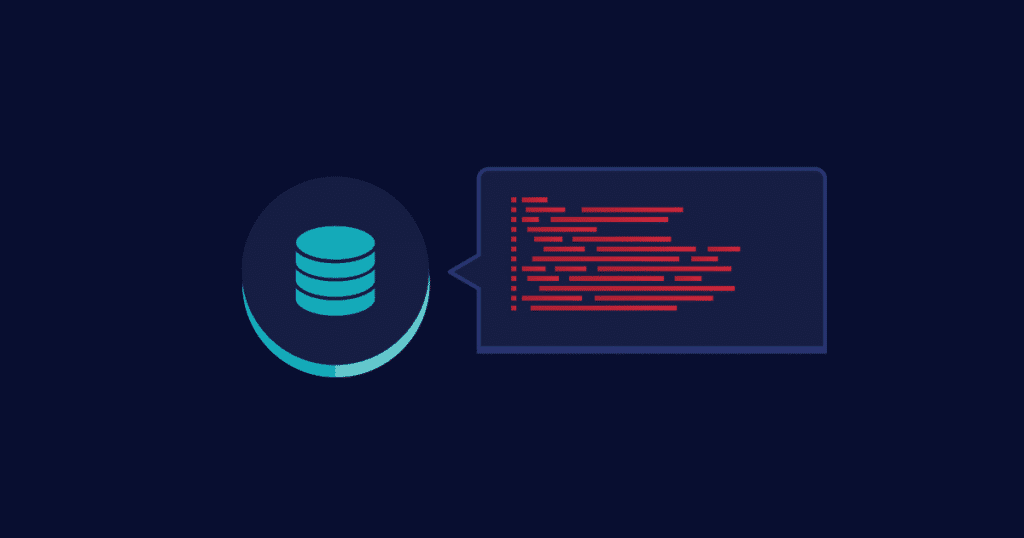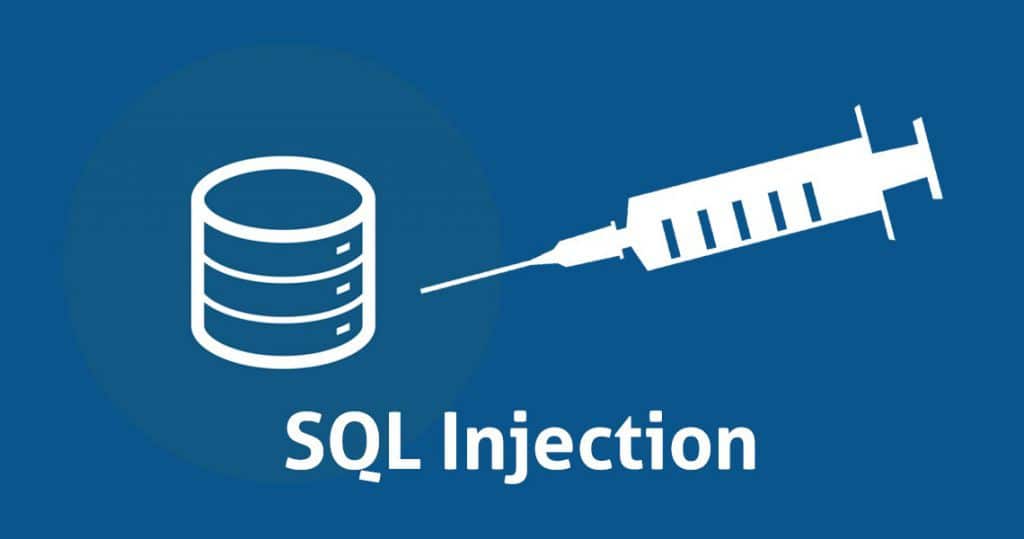
SQL injection attacks are among the most common cyber threats organizations face today. These attacks exploit vulnerabilities in web applications that use SQL databases, allowing attackers to gain unauthorized access to sensitive data. Attackers can exploit several types of SQL vulnerabilities, but some are more common than others.
The most common type of SQL vulnerability is the “SQL injection attack.” In this attack, an attacker can inject malicious SQL code into a web application’s input fields, such as search boxes or login forms. The code is then executed by the database, allowing him to gain access to the system.
This attack can devastate organizations that store sensitive customer data, such as credit card numbers or personal information.
Understanding SQL Vulnerabilities
Definition of SQL Vulnerability

SQL vulnerabilities are weaknesses in a database system that attackers can exploit to gain unauthorized access to sensitive data. These vulnerabilities can occur for various reasons, such as poor coding practices, misconfigured systems, or outdated software versions.
Types of SQL injection attacks
We have already discussed SQL Injection attacks, the most common SQL vulnerability. There are various types of SQL injection (SQLi) attacks, including:
- In-band SQLi: This is the most common type of SQLi attack, in which the attacker uses the same communication channel as the application to perform the attack. In-band SQLi can be further divided into three subcategories:
- Error-based SQLi: This attack exploits error messages returned by the database server to obtain information about the structure of the database. In an error-based attack, the attacker can inject a SQL query that causes an error message to be generated. This error message can then be used to extract information from the database.
- Union-based SQLi: Here, the attacker can inject a SQL query that includes a “union” statement, allowing them to combine data from multiple tables or queries. This can be used to extract sensitive data from the database.
- Boolean-based SQLi: This type of attack uses Boolean operators (e.g., AND, OR, NOT) to construct a query that returns either true or false, depending on the result of the query.
- Blind SQLi: This type of attack is more difficult to detect than in-band SQLi because the attacker does not receive any error messages or other feedback from the server. Blind SQLi can be further divided into two subcategories:
- Time-based SQLi: This type of attack uses time delays to determine whether a query is true or false.
- Content-based SQLi: This type of attack uses the content of the page returned by the server to determine whether a query is true or false.
- Out-of-band SQLi: This type of attack uses a different communication channel than the application to perform the attack, such as email or DNS queries. Out-of-band SQLi can be further divided into two subcategories:
- DNS-based SQLi: This type of attack uses DNS queries to extract data from the database.
- HTTP-based SQLi: This type of attack uses HTTP requests to extract data from the database.
SQL Injection attacks

SQL injection attacks aim to gain unauthorized access to an application’s database. Attackers can use SQL injection to steal sensitive data, modify or delete data, or even take control of the entire application.
SQL injection attacks are successful because many applications do not properly validate user input. This allows attackers to inject malicious SQL code into an application’s database query and manipulate the data unexpectedly.
To prevent SQL vulnerabilities, a few best practices can be followed.
Best Practices for Preventing SQL Vulnerabilities
1. Parameterized Queries
Parameterized queries are one of the most effective ways to prevent SQL injection attacks. They allow the application to pass parameters to the database without inserting them directly into the SQL statement. Making it much harder for hackers to modify the SQL statement to execute malicious code.
2. Input Validation
Input validation is another important practice to prevent SQL vulnerabilities. All user input should be validated before being used in an SQL statement. This includes checking for the correct data type, length, and format.
3. Least Privilege
Least privilege is a principle that limits the access of users and applications to only the resources they need to perform their tasks. By limiting the privileges of users and applications, the risk of SQL injection attacks can be reduced.
4. Regular Updates and Patches
Regularly updating and patching the database and application can help prevent SQL vulnerabilities. This ensures that any known vulnerabilities are addressed and fixed.
5. Use of Security Tools
Security tools like firewalls and intrusion detection systems can help prevent SQL injection attacks. These tools can detect and block malicious traffic before it reaches the database.
This brings us to the end of our article. SQL injection remains a significant threat to web application security. By understanding the risks and implementing best practices, organizations can help protect their sensitive data and systems from SQL injection attacks.

